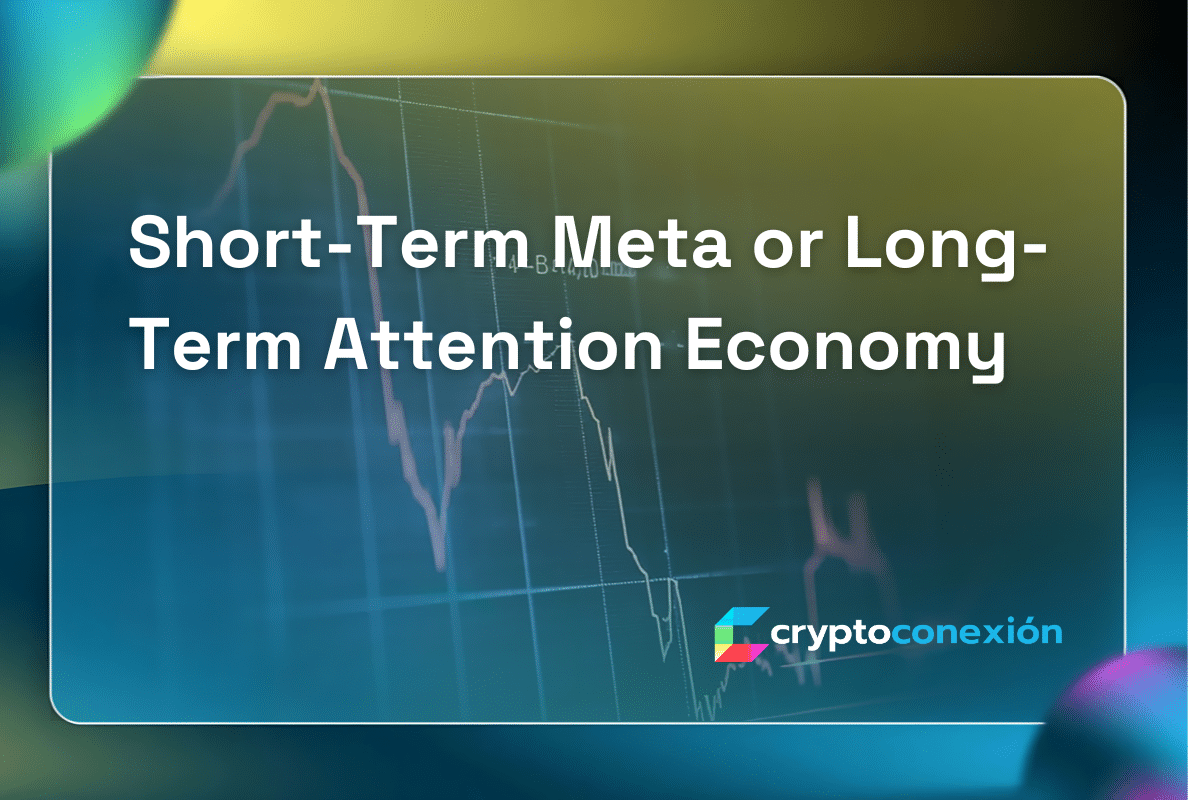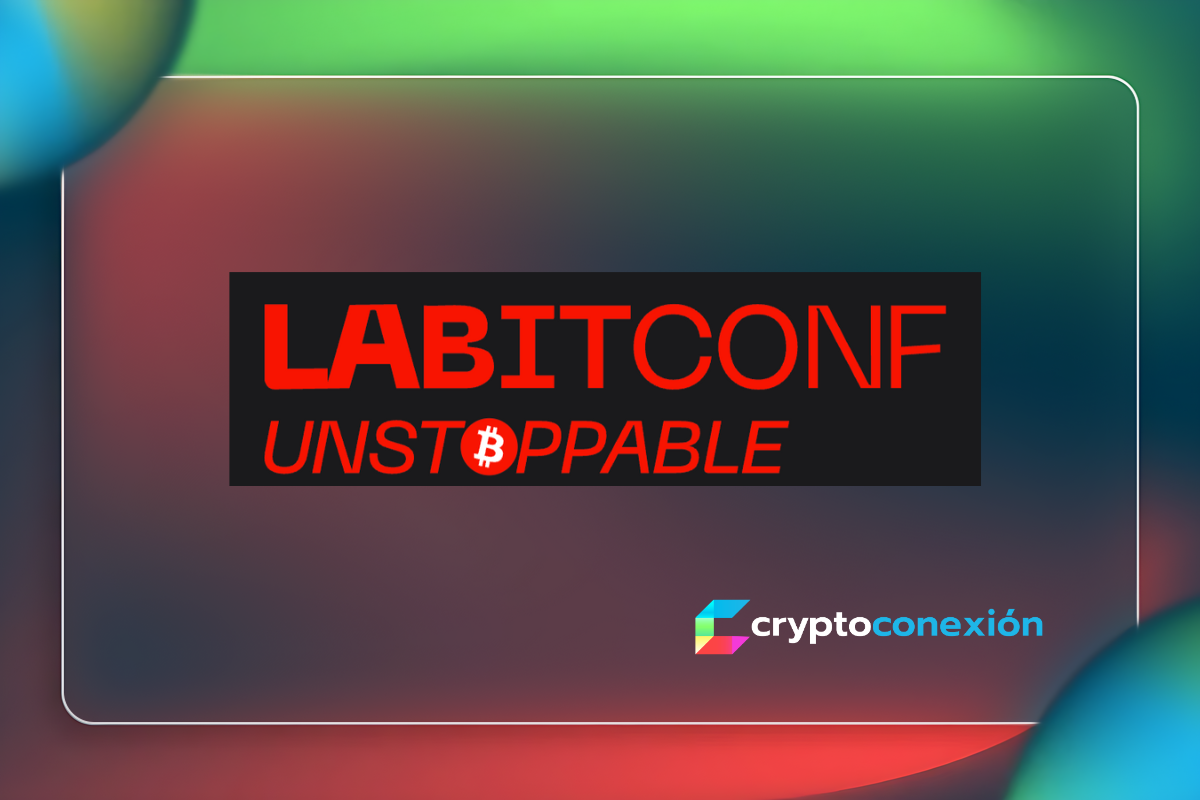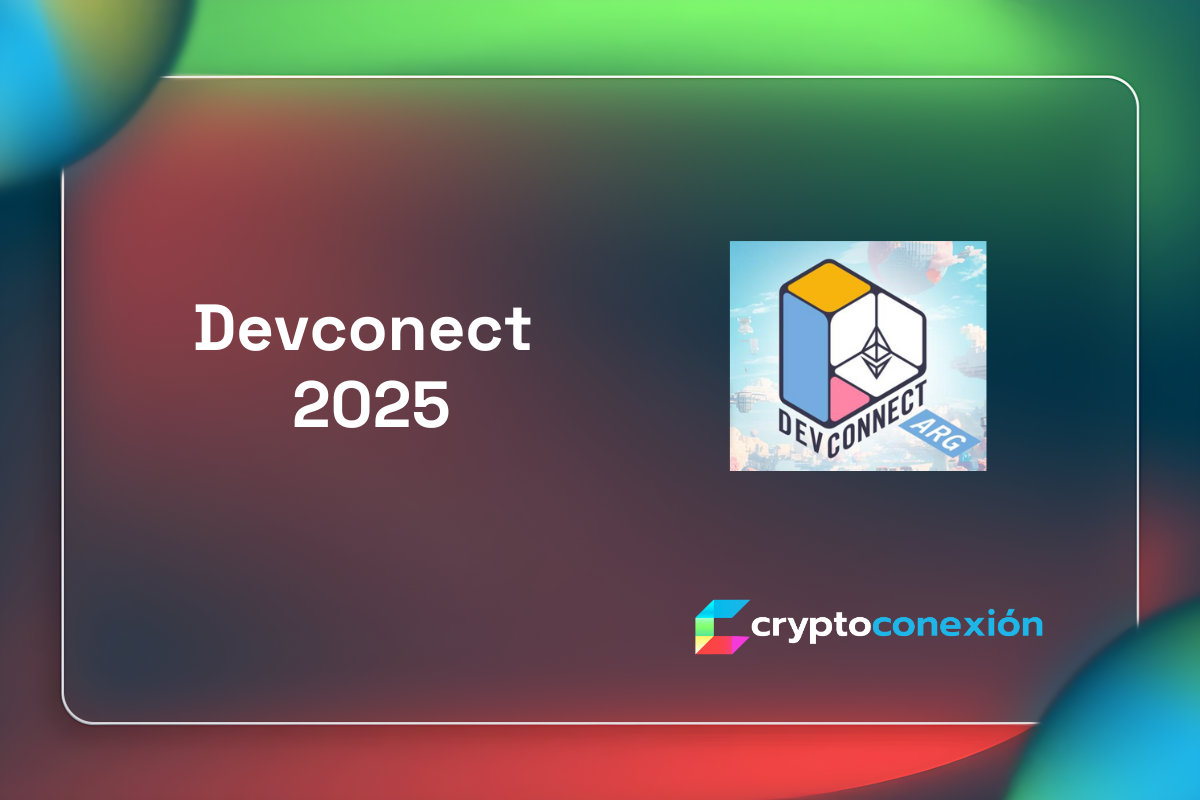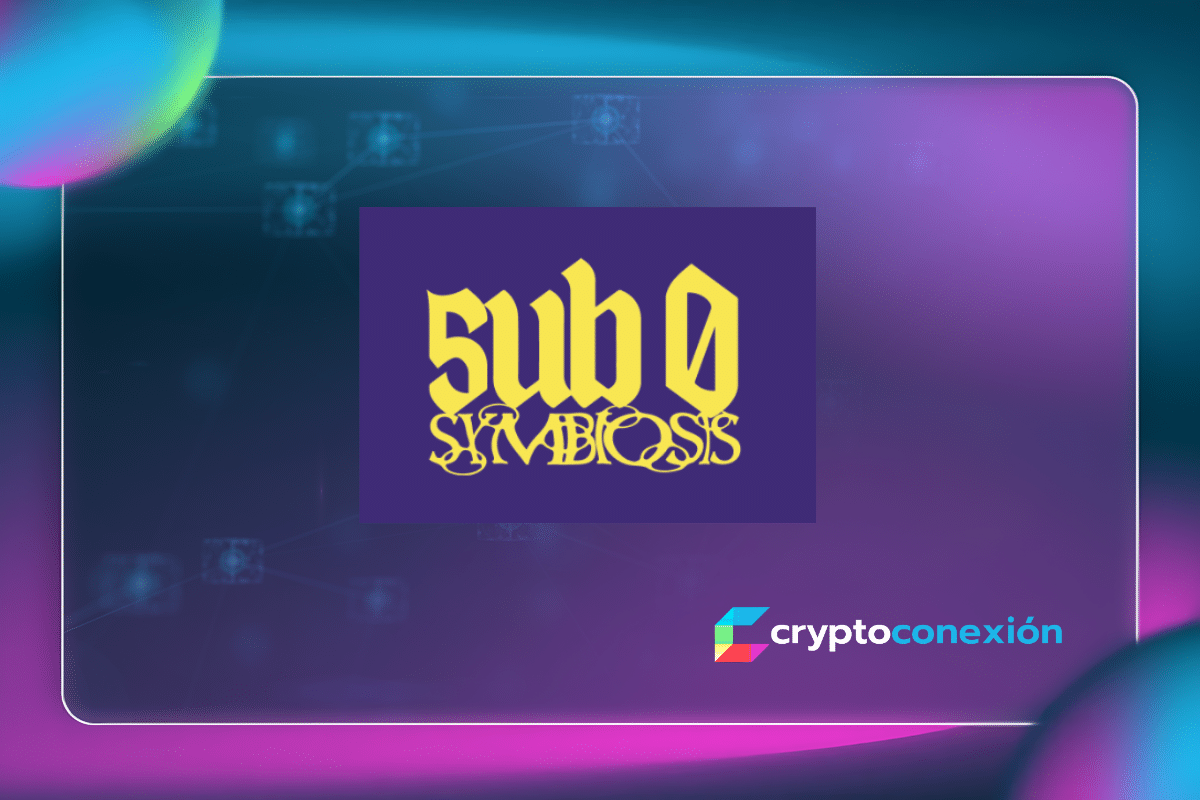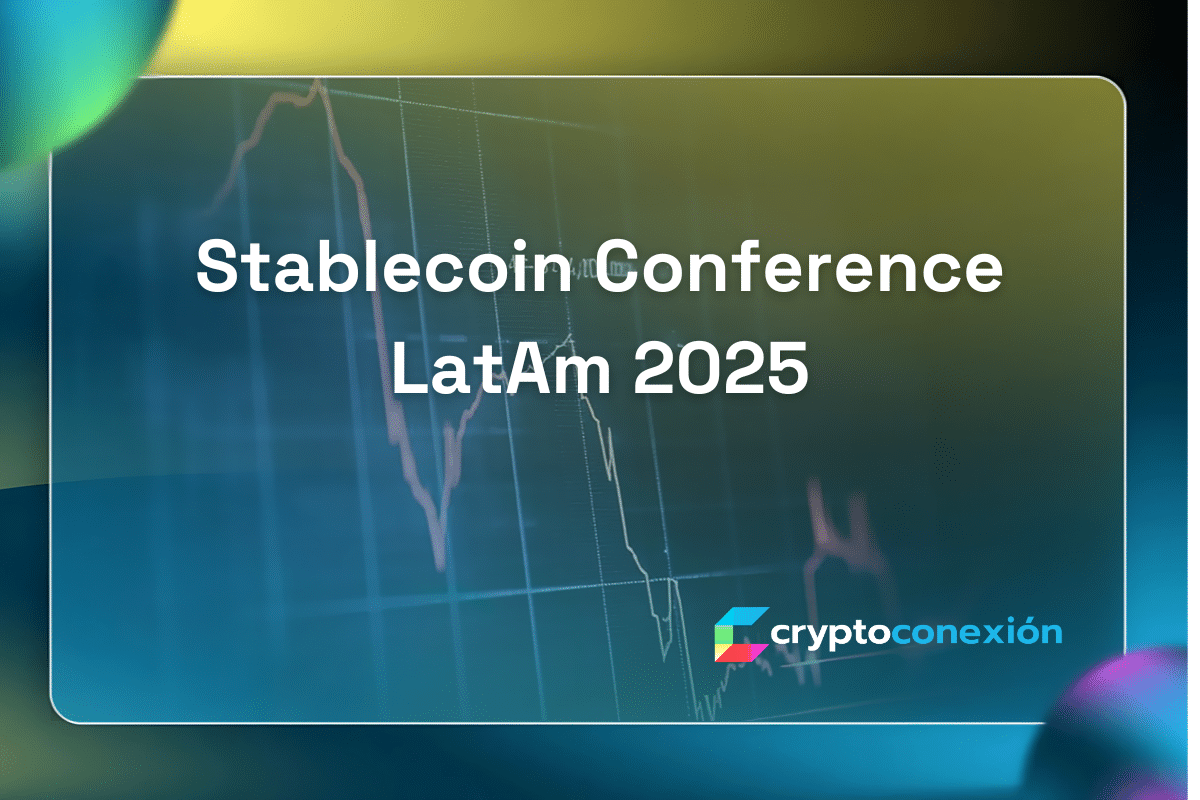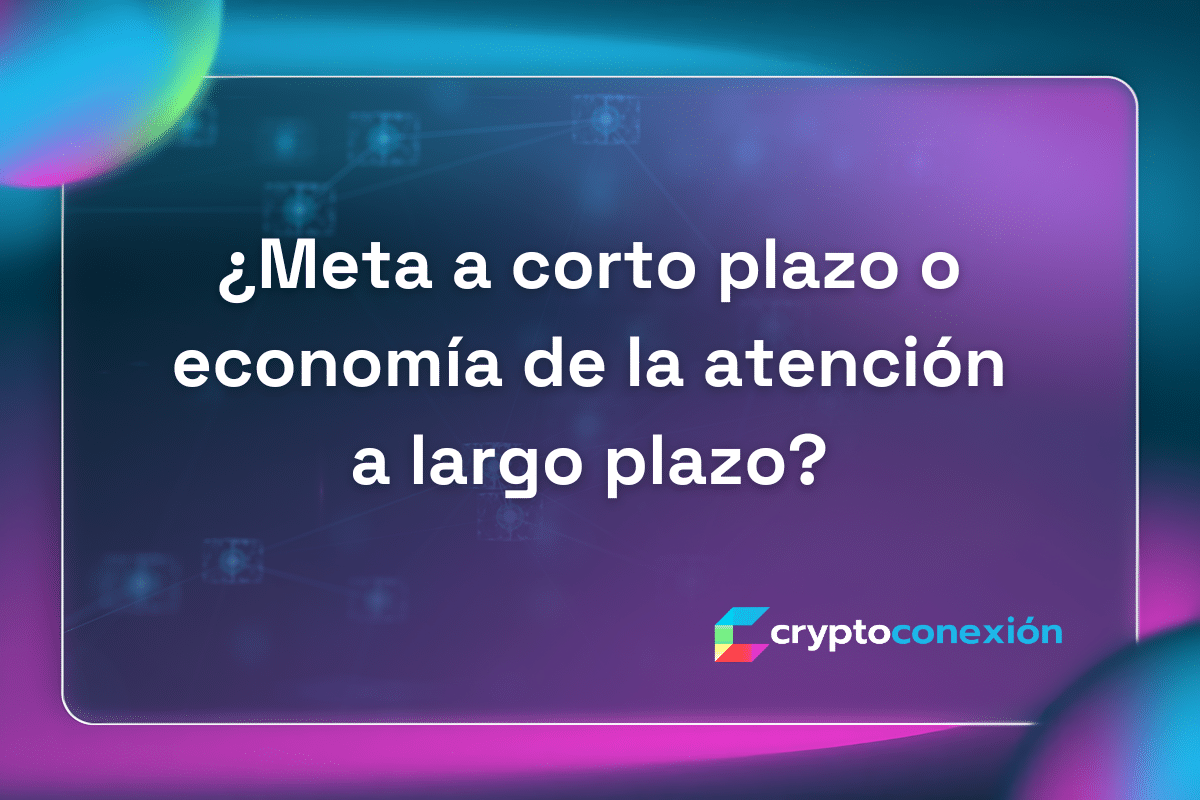InfoFi is no longer just theory, it’s practice. What began as an experiment on Kaito has evolved into an economy where attention turns into capital. With rising competition, algorithm shifts, and community building at stake, the question is whether this will be a passing trend or the next dominant model of the digital economy. |
When people talk about InfoFi, they often start with theory. I want to start with practice.I signed up for Kaito in December 2024 but really became active in late April 2025. That timing shaped my own trajectory. In just a few months, I went from experimenting with Yaps to seeing real growth, visibility, and learning. I had set myself a personal goal of reaching 10,000 followers by the end of the year. For context, I’d been on Twitter since 2009 and had gained about 5,000 followers in all those years. Thanks to Kaito and InfoFi, I crossed the 10,000 milestone in August. That personal growth mirrors the story of InfoFi itself.
Defining InfoFi
InfoFi didn’t begin with Vitalik Buterin, but his November 2024 essay "Information finance: prediction markets and beyond" helped define the concept. He connected the dots between early prediction markets and the broader idea of financializing information. Under his framing, we can trace InfoFi back to 2020. But it wasn’t until late 2024 that InfoFi became what we recognize today.
The Inflection Point: Kaito and Yaps
In December 2024, Kaito launched Yaps (Bankless piece) and changed the timeline of CT. Posts and replies became more than engagement. They turned into visibility, leaderboards, positioning and yes, monetization.
January brought the first airdrop, which created buzz across the community. Then an NFT. Most importantly, a community formed. For the first time, content creation felt democratized. Small accounts gained visibility, many made thousands of dollars, and projects found discovery through Kaito.
As Lunar Strategy put it, “Kaito transforms every interaction into a valuable investment.” They pointed out that while there had been earlier InfoFi attempts, none had aligned incentives in a way that stuck.
The Competitive Wave
By spring 2025, Kaito wasn’t the only player anymore.
- Wallchain launched in April with a free mindshare leaderboard for all CT accounts (GlobeNewswire).
- Cookie.fun followed in May with a mix of indexing and gamified posting (Bitget).
These confirmed InfoFi was more than a trend. It was becoming a sector.
The Loudio Experiment
Also in May, Loudio launched with its LOUD token (Medium). Loudio was closer to SocialFi than InfoFi. It rewarded likes and shares and created waves of noise across CT. Some called it annoying. Others called it fun. Months later people were even saying “we need another Loudio.” That showed how even chaotic experiments can leave a mark.
The Ecosystem Around Kaito
Kaito’s real impact is the ecosystem it created.
- YapMarket built a marketplace around attention itself using Kaito’s API..
- Gomtu’s Resource Hub turned into the go-to analytics and toolset for InfoFi. At CryptoConexión, we had started developing something similar in May. But when Gomtu launched, we realized it was better to support him rather than compete. That decision reflects one of InfoFi’s cultural shifts: collaboration creates more value than duplication.
- YapSchool and Snoozies NFTs by ChillPill became a community-led education hub, showing newcomers how to grow and thrive on Kaito.
- YapLine, hosted by ChillPill, R2D2, and others, runs several times a week and has turned into a space for deeper community conversations.
- Weekly Spaces by Wals and Smokey have become regular checkpoints for learning and staying connected.
The result is an ecosystem that feels bigger than one platform. Kaito didn’t just launch a product. It launched a culture.
The Algorithm Shift
In the past few weeks, Kaito changed its algorithm and the effects were immediate. Small creators saw their visibility and growth slow down overnight, sparking what many described as a near rebellion. Competitors seized the moment. Wallchain, for example, openly welcomed small creators and made it clear they were paying attention. The message was simple: if Kaito didn’t protect the community that helped it grow, others would.
Kaito has been adjusting the algorithm since then, but the bigger issue hasn’t been the code. It has been communication. Many in the community feel that the lack of consistent, transparent communication has done more damage than any algorithm tweak.The greatest risk Kaito faces today isn’t competition. It is whether it can communicate consistently and maintain the trust of the community that built it up.
Crossroads for Kaito
With what has happened these past few weeks, Kaito finds itself at a crossroads.
- Competition is heating up, with Wallchain, Cookie.fun, Loudio, and others testing new models.
- Some campaigns haven’t gone smoothly. Infinex, for example, was vocal about being unhappy with its Kaito campaign. That raised questions about how sustainable the campaign model is for projects looking for long-term traction.
- Community communication continues to be a point of critique. In a system where everything runs on reputation, those gaps matter.
Still, the story is far from over. Kaito keeps shipping. It has had many successful campaigns, including Katana, and it continues to have a loyal base. Some yappers even bought and held its NFTs while others sold, showing long-run conviction.
The Next Wave of InfoFi Platforms
The InfoFi space keeps expanding. What started with Kaito has grown into a wave of experiments, each testing new mechanics for turning attention into capital.
- Xeet is launching its next phase this week (xeet.ai). Expectations are high not only because of the roadmap but also because of the well-known advisors supporting it.
- MindoAI calls itself the attention-to-capital engine of crypto — AI-native, on-chain aware, and built to score real influence, price belief, and prove ROI (MindoAI).
- Let’s CatPult brands itself as a Hyper-Intelligent Launch Engine, with dual mode (on-chain and Random Number Generator) and a unified flywheel which included a (Let’s CatPult).
- Bantr.fun positions itself as the place “where mindshare meets actual product usage,” built by FairDAO to fix InfoFi (Bantr.fun).
- Breadcrumb.cash encourages users to “show your frens the way while making cash,” bringing decentralized InfoFi to Base (Breadcrumb.cash).
- KudoSwapAI is adding AI-powered swaps and new ways to plug into InfoFi (KudoSwapAI).
- Tunnl is sometimes grouped with InfoFi platforms, but like YapMarket, it sits at the edges of the category. Tunnl is more campaign-focused than community- or attention-market focused (Tunnl). It isn’t pure InfoFi, but it overlaps enough that many still include it when mapping the ecosystem.
One resource that’s been keeping track of many of these launches is Gomtu’s hub, which has become a reliable directory for anyone trying to follow the fast-changing ecosystem.
Looking Ahead
From prediction markets in 2020 to Kaito’s Yaps in 2024, from the chaos of Loudio to the loyalty of Kaito’s community, InfoFi has proven itself real. The space is still young, experimental, and sometimes messy.
InfoFi is also evolving. It’s no longer just about content. The next phase will include onchain activity and reputation, where projects like Ethos will play a key role. Reputation, both social and onchain, is becoming a currency of its own.
I remain optimistic. InfoFi continues to be great for projects. Katana and Billions are clear examples of how effective attention markets can be when done right. It is equally powerful for creators, who are seeing more opportunities open up than ever before.
The next phase will decide if InfoFi grows into a mainstream model for how information moves in the digital economy. Several projects are already promising to move beyond CT, which means the impact could reach far beyond the boundaries of Crypto Twitter.
If my own journey is any sign, we are just getting started, growing our personal brand and building real connections.

